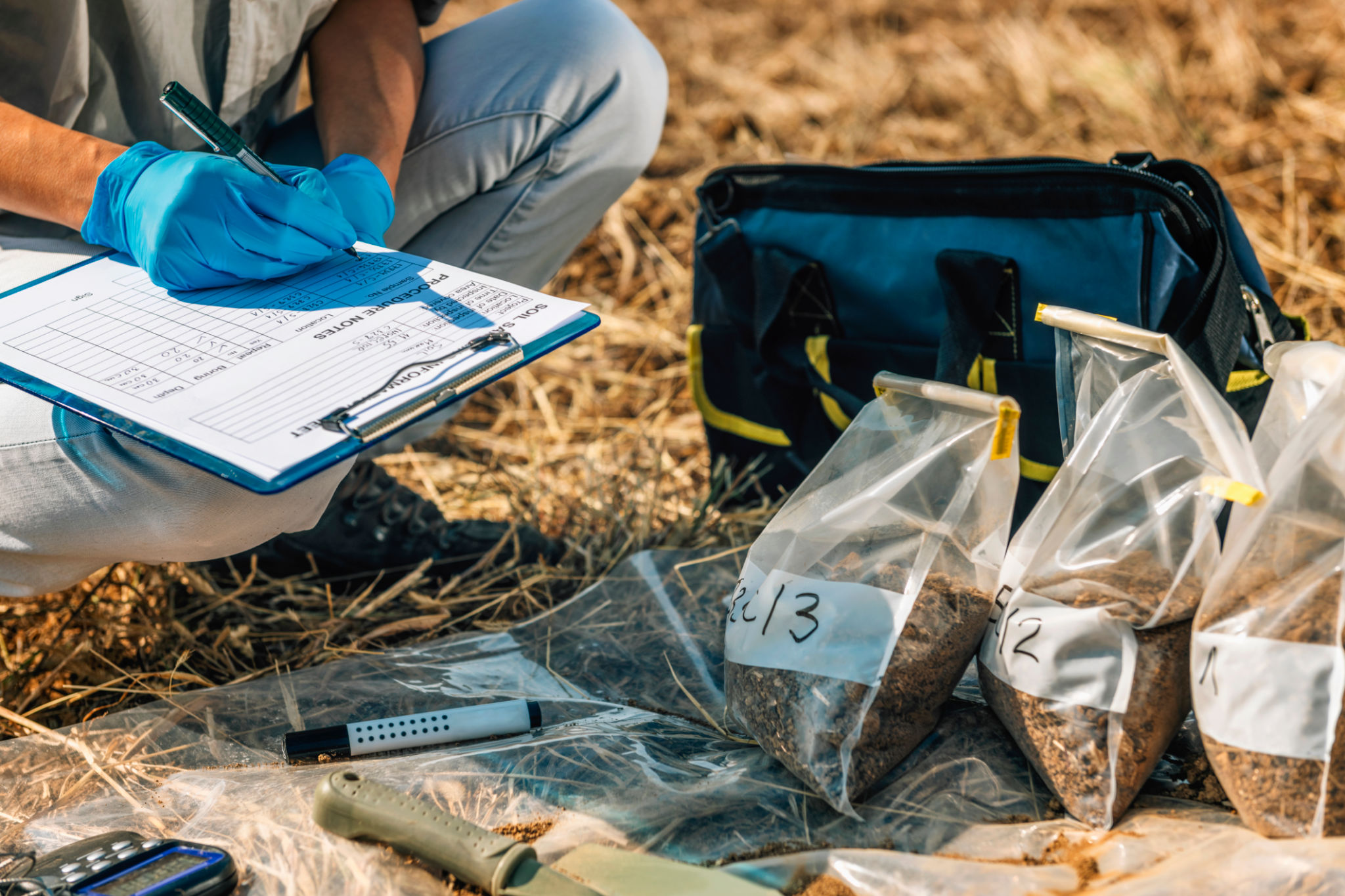How to Conduct Effective PFAS Risk Assessments: A Step-by-Step Guide
Understanding PFAS and Their Impact
Per- and polyfluoroalkyl substances (PFAS) are a group of man-made chemicals that have been used in various industries around the globe since the 1940s. Known for their resistance to heat, water, and oil, PFAS are prevalent in many products, from non-stick cookware to fire-fighting foams. However, their persistence in the environment and potential health risks have raised significant concerns, necessitating thorough risk assessments to manage and mitigate these impacts effectively.

Identifying Sources and Pathways
The first step in conducting an effective PFAS risk assessment is to identify potential sources and pathways of contamination. Industries such as manufacturing, waste treatment, and firefighting are primary contributors. Understanding these sources is crucial for assessing exposure risks. Additionally, identifying the pathways through which PFAS enter the environment—such as through soil, water, or air—is vital for determining the extent of contamination.
Mapping Contamination Routes
Once sources are identified, mapping the contamination routes helps in visualizing how PFAS may spread. This involves geographic and environmental assessments, including soil and water testing. Such mapping allows for a better understanding of how PFAS can migrate from one area to another, thereby affecting a larger ecosystem and potentially reaching human populations.

Assessing Exposure Levels
With sources and pathways established, the next step is determining exposure levels. This involves sampling and analyzing environmental media such as water, soil, and air to quantify PFAS concentrations. It is essential to use standardized methods to ensure accurate measurement of PFAS levels. Reliable data on exposure levels forms the foundation for evaluating potential health risks.
Evaluating Human and Ecological Risks
After assessing exposure levels, evaluating both human and ecological risks is crucial. This involves understanding the toxicological profiles of various PFAS compounds and determining their potential health effects. Risk evaluations consider different scenarios, such as direct contact with contaminated water or indirect exposure through the food chain. Both immediate and long-term impacts on human health and ecosystems need careful consideration.

Developing Mitigation Strategies
Once risks are identified and assessed, developing effective mitigation strategies becomes the priority. This can include approaches such as removing or isolating contaminated sources, treating affected areas, or implementing regulations to limit future PFAS use. Collaborating with stakeholders like local communities, governments, and industries ensures that mitigation efforts are comprehensive and sustainable.
Implementing and Monitoring
The final step in conducting an effective PFAS risk assessment is implementing the chosen mitigation strategies and establishing a robust monitoring system. Continuous monitoring helps track the effectiveness of these strategies and provides data for ongoing risk evaluation. Regular updates to stakeholders about progress and findings contribute to transparency and trust in managing PFAS risks.
